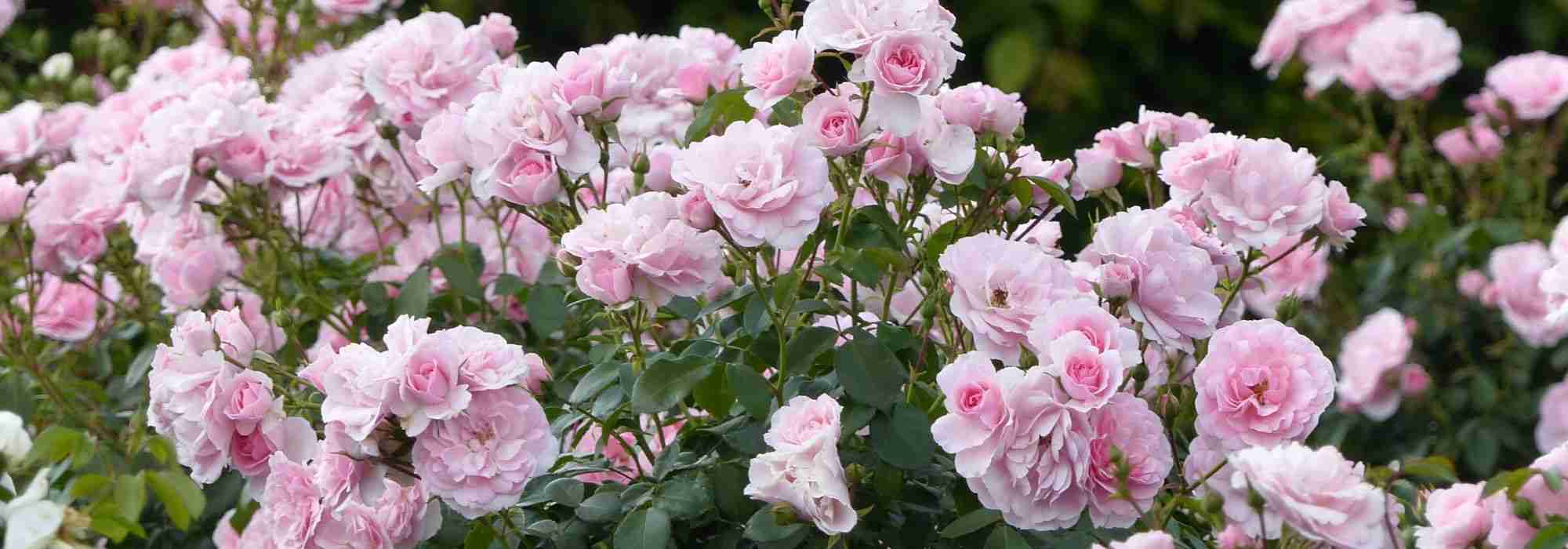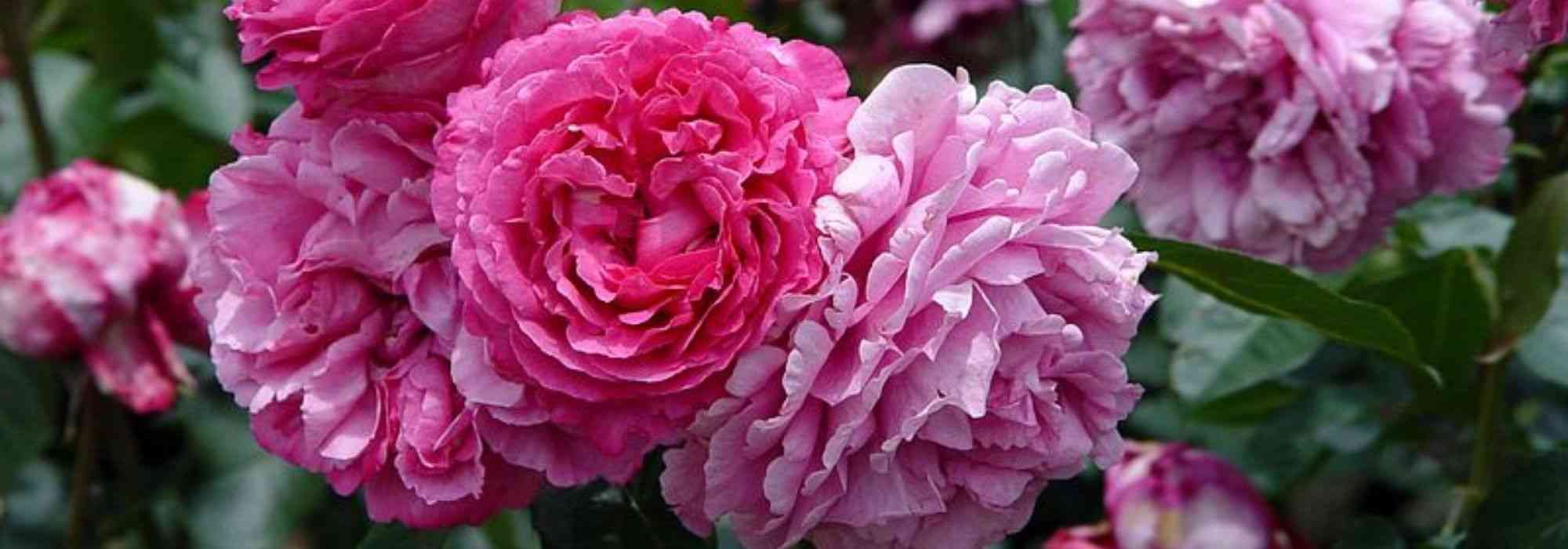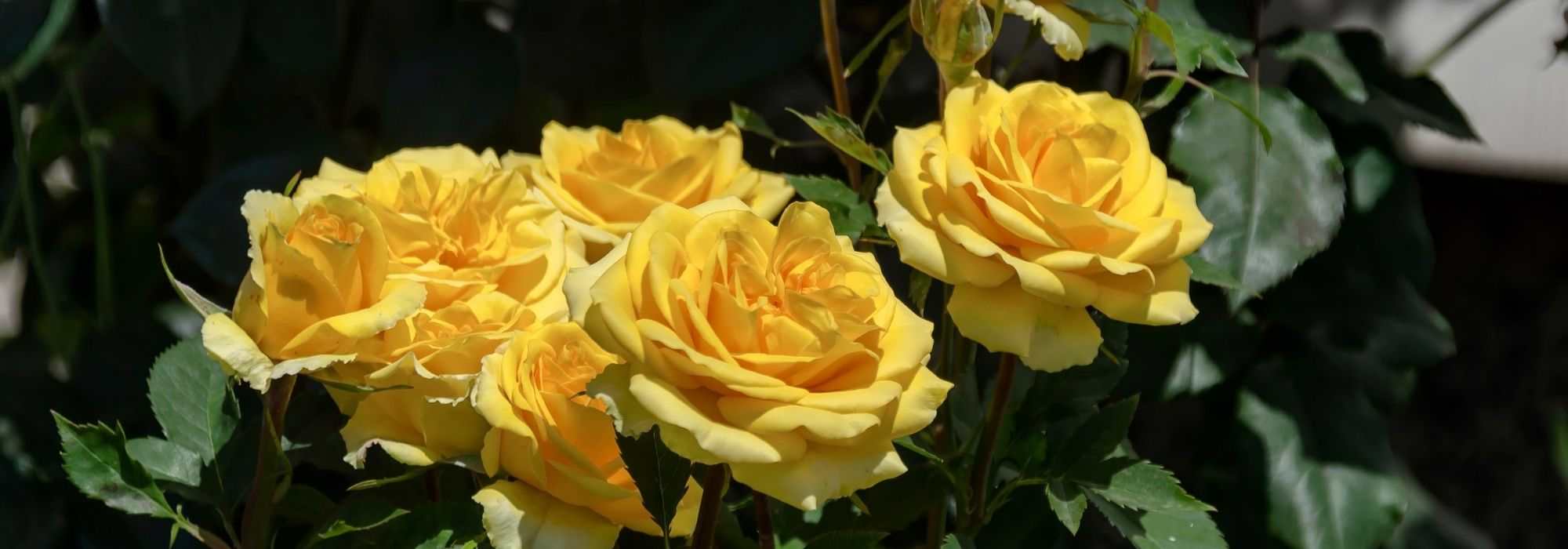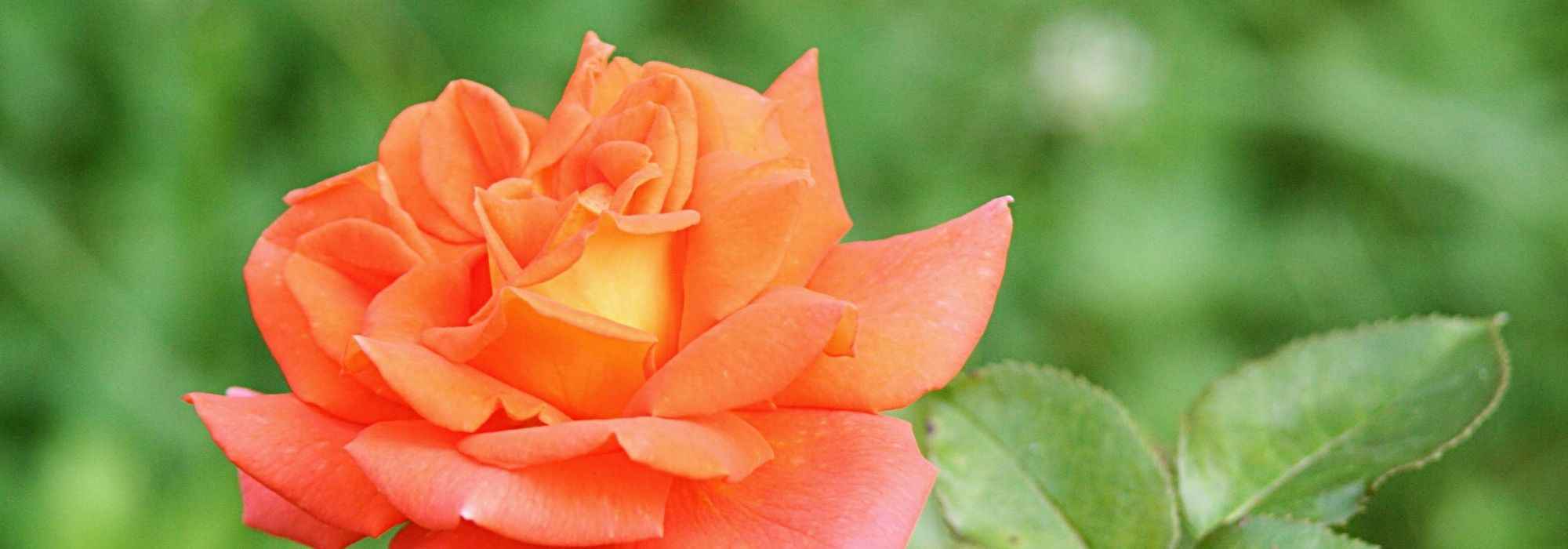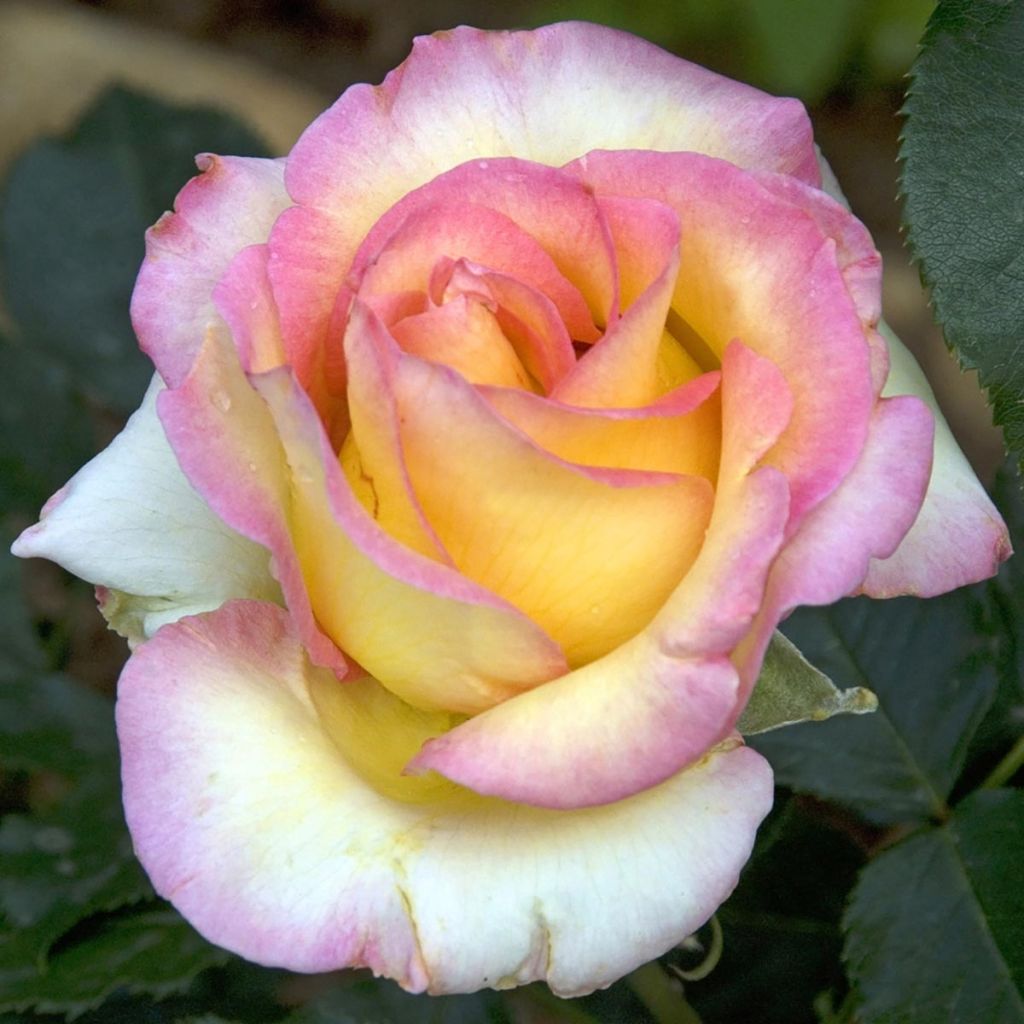

Rosa 'Jules Verne' - Hybrid Tea Rose
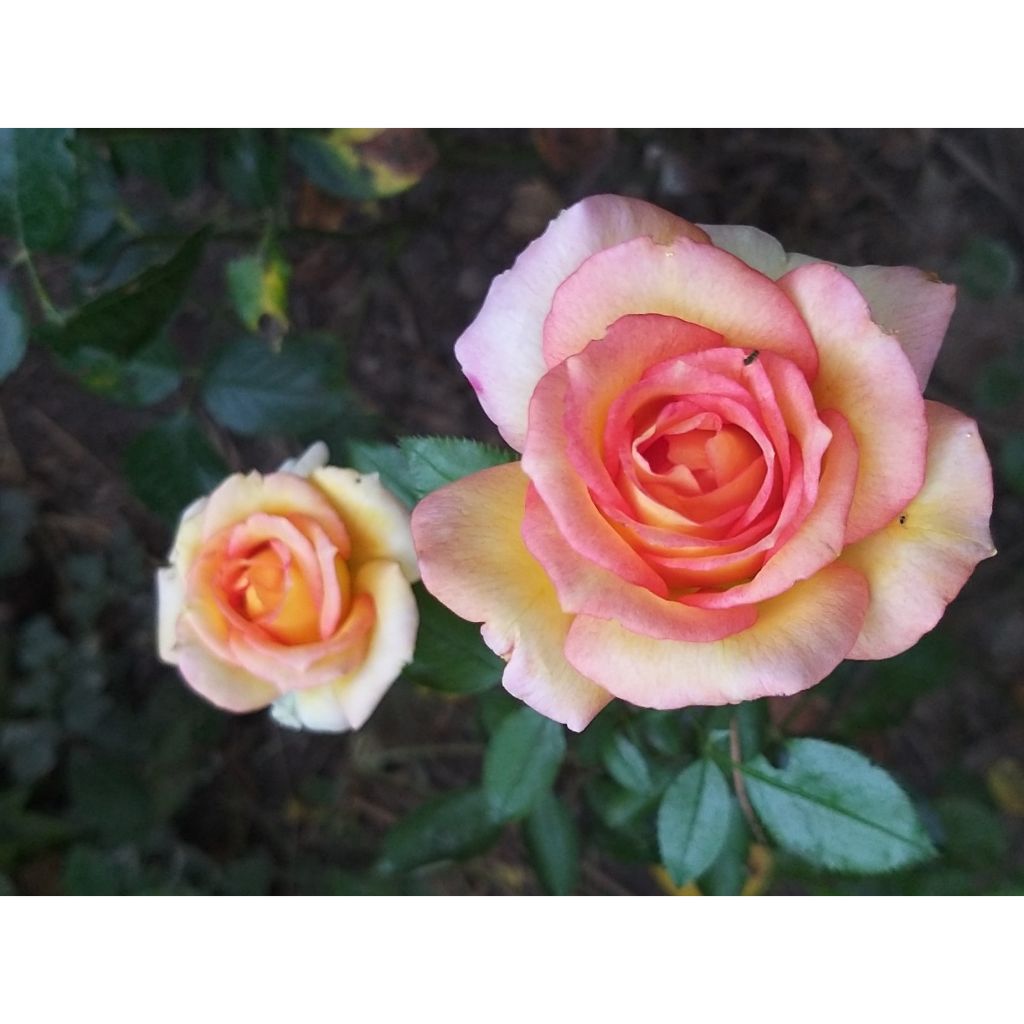

Rosa 'Jules Verne' - Hybrid Tea Rose
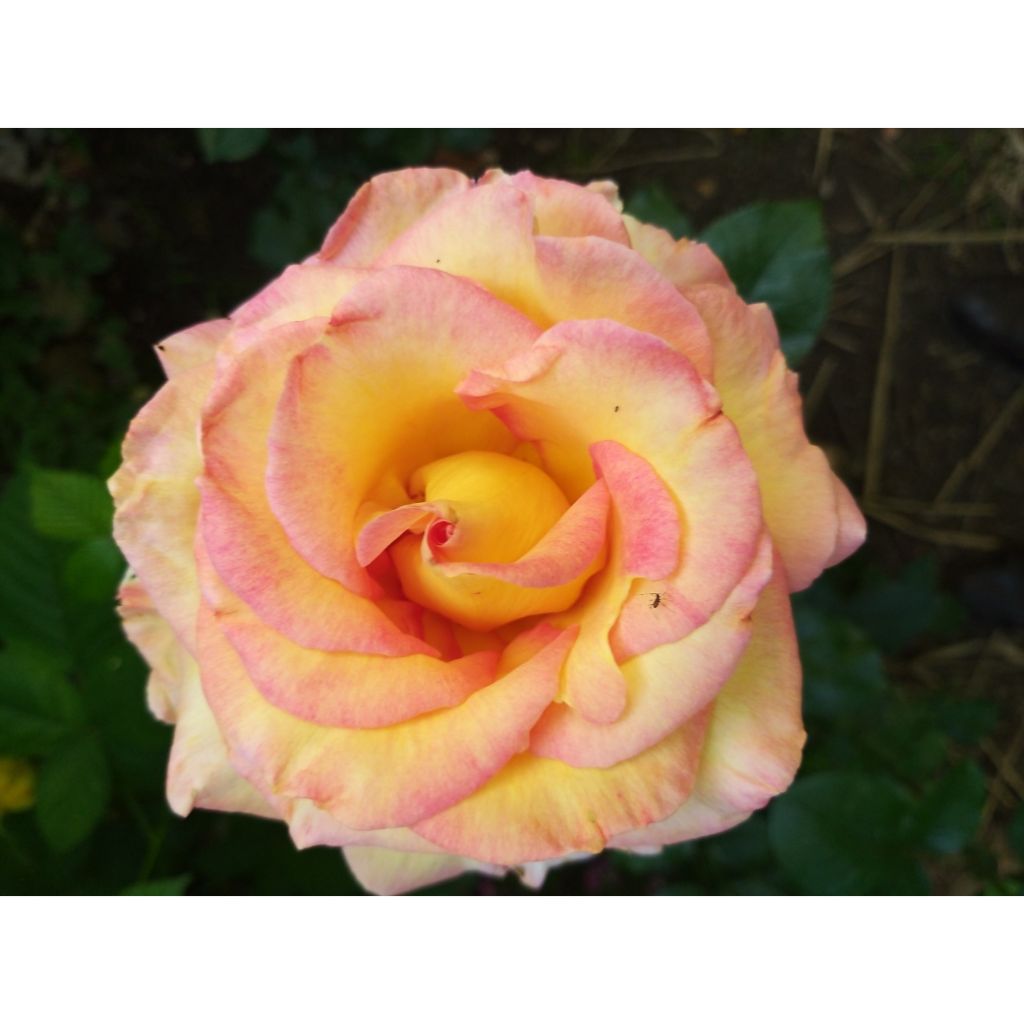

Rosa 'Jules Verne' - Hybrid Tea Rose
Rosa 'Jules Verne' - Hybrid Tea Rose
Rosa Jules Verne® Adecohuit
Adecohuit
Generous rose bush right from its first year in the garden! The flowers are magnificent.
Céline, 05/08/2025
Special offer!
Receive a €20 voucher for any order over €90 (excluding delivery costs, credit notes, and plastic-free options)!
1- Add your favorite plants to your cart.
2- Once you have reached €90, confirm your order (you can even choose the delivery date!).
3- As soon as your order is shipped, you will receive an email containing your voucher code, valid for 3 months (90 days).
Your voucher is unique and can only be used once, for any order with a minimum value of €20, excluding delivery costs.
Can be combined with other current offers, non-divisible and non-refundable.
Home or relay delivery (depending on size and destination)
Schedule delivery date,
and select date in basket
We guarantee the quality of our plants for a full growing cycle, and will replace at our expense any plant that fails to recover under normal climatic and planting conditions.
Description
The 'Jules Verne' Rose (Adécohuit) is a highly fragrant hybrid tea rose variety with large, beautifully bicoloured flowers that are pale yellow edged with carmine pink. This vigorous bush blooms for months, even in the first cold weather. Its perfect roses open on a dark green, glossy foliage that doesn't stain and provides a beautiful backdrop for the flowers. In the garden or a vase, you will appreciate their modern style, warm colour, and heady fragrance with fruity notes.
The 'Jules Verne' Rose, registered by rose breeder Michel Adam in 1994, forms an upright, ramified bush with vigorous and fast growth. It will reach about 90 cm (35in) in height and 70 cm (28in) in width. From May to June and late into the season, on foliage composed of large, dark green leaflets, solitary, turbinate roses measuring 12 to 15 cm (5 to 6in) in diameter appear on long, thorny stems. They consist of 40 to 50 petals arranged very evenly. Their base colour is a warm yellow delicately edged with carmine pink, which fades over time. Their pronounced fragrance is more noticeable in warm and calm weather. This rose has excellent disease resistance. This deciduous, hardy shrub loses its leaves in autumn. It thrives in rich, deep soil that remains cool in summer.
This modern rose 'Jules Verne' will find its place in the garden in a large rose bed, at the front of a shrub bed, or as a solitary plant in a well-maintained small garden. The colour of its flowers pairs well with white, yellow, orange, or pink blooms, as well as the entire range of blues. Consider planting it near easy-to-grow plants such as perennial geraniums (Geranium Blue Cloud, Anne Folkard, Nimbus, Orion), campanulas (lactiflora, rapunculoides), catmints, perennial salvias, foxgloves... Dwarf buddleias also make lovely companions for bush roses. Their flowers can be used to create unique bouquets that delicately perfume the home.
Plant habit
Flowering
Foliage
Botanical data
Rosa
Jules Verne® Adecohuit
Rosaceae
Adecohuit
Cultivar or hybrid
Planting and care
To plant the 'Jules Verne' rose, work the soil to a depth of 25 cm (10 inches) and crumble it well. Next, place a base amendment such as blood, fish, and bone at the bottom of the planting hole. Then, position your plant after removing it from the pot and cover the top of the root ball with 3 cm (1 inch) of soil. Fill the hole and water generously to remove any air pockets. To facilitate root establishment, you must regularly water the plant for a few weeks during dry weather. Remember to provide your rose with special rose fertiliser that stimulates flowering. Finally, plant your rose in a sunny location or partial shade in very hot regions.
Roses may develop unsightly spots at the end of summer, but this is a natural occurrence and doesn't harm the rose's growth.
Planting period
Intended location
Care
Planting & care advice
-
, onOrder confirmed
Reply from on Promesse de fleurs
Haven't found what you were looking for?
Hardiness is the lowest winter temperature a plant can endure without suffering serious damage or even dying. However, hardiness is affected by location (a sheltered area, such as a patio), protection (winter cover) and soil type (hardiness is improved by well-drained soil).

Photo Sharing Terms & Conditions
In order to encourage gardeners to interact and share their experiences, Promesse de fleurs offers various media enabling content to be uploaded onto its Site - in particular via the ‘Photo sharing’ module.
The User agrees to refrain from:
- Posting any content that is illegal, prejudicial, insulting, racist, inciteful to hatred, revisionist, contrary to public decency, that infringes on privacy or on the privacy rights of third parties, in particular the publicity rights of persons and goods, intellectual property rights, or the right to privacy.
- Submitting content on behalf of a third party;
- Impersonate the identity of a third party and/or publish any personal information about a third party;
In general, the User undertakes to refrain from any unethical behaviour.
All Content (in particular text, comments, files, images, photos, videos, creative works, etc.), which may be subject to property or intellectual property rights, image or other private rights, shall remain the property of the User, subject to the limited rights granted by the terms of the licence granted by Promesse de fleurs as stated below. Users are at liberty to publish or not to publish such Content on the Site, notably via the ‘Photo Sharing’ facility, and accept that this Content shall be made public and freely accessible, notably on the Internet.
Users further acknowledge, undertake to have ,and guarantee that they hold all necessary rights and permissions to publish such material on the Site, in particular with regard to the legislation in force pertaining to any privacy, property, intellectual property, image, or contractual rights, or rights of any other nature. By publishing such Content on the Site, Users acknowledge accepting full liability as publishers of the Content within the meaning of the law, and grant Promesse de fleurs, free of charge, an inclusive, worldwide licence for the said Content for the entire duration of its publication, including all reproduction, representation, up/downloading, displaying, performing, transmission, and storage rights.
Users also grant permission for their name to be linked to the Content and accept that this link may not always be made available.
By engaging in posting material, Users consent to their Content becoming automatically accessible on the Internet, in particular on other sites and/or blogs and/or web pages of the Promesse de fleurs site, including in particular social pages and the Promesse de fleurs catalogue.
Users may secure the removal of entrusted content free of charge by issuing a simple request via our contact form.
The flowering period indicated on our website applies to countries and regions located in USDA zone 8 (France, the United Kingdom, Ireland, the Netherlands, etc.)
It will vary according to where you live:
- In zones 9 to 10 (Italy, Spain, Greece, etc.), flowering will occur about 2 to 4 weeks earlier.
- In zones 6 to 7 (Germany, Poland, Slovenia, and lower mountainous regions), flowering will be delayed by 2 to 3 weeks.
- In zone 5 (Central Europe, Scandinavia), blooming will be delayed by 3 to 5 weeks.
In temperate climates, pruning of spring-flowering shrubs (forsythia, spireas, etc.) should be done just after flowering.
Pruning of summer-flowering shrubs (Indian Lilac, Perovskia, etc.) can be done in winter or spring.
In cold regions as well as with frost-sensitive plants, avoid pruning too early when severe frosts may still occur.
The planting period indicated on our website applies to countries and regions located in USDA zone 8 (France, United Kingdom, Ireland, Netherlands).
It will vary according to where you live:
- In Mediterranean zones (Marseille, Madrid, Milan, etc.), autumn and winter are the best planting periods.
- In continental zones (Strasbourg, Munich, Vienna, etc.), delay planting by 2 to 3 weeks in spring and bring it forward by 2 to 4 weeks in autumn.
- In mountainous regions (the Alps, Pyrenees, Carpathians, etc.), it is best to plant in late spring (May-June) or late summer (August-September).
The harvesting period indicated on our website applies to countries and regions in USDA zone 8 (France, England, Ireland, the Netherlands).
In colder areas (Scandinavia, Poland, Austria...) fruit and vegetable harvests are likely to be delayed by 3-4 weeks.
In warmer areas (Italy, Spain, Greece, etc.), harvesting will probably take place earlier, depending on weather conditions.
The sowing periods indicated on our website apply to countries and regions within USDA Zone 8 (France, UK, Ireland, Netherlands).
In colder areas (Scandinavia, Poland, Austria...), delay any outdoor sowing by 3-4 weeks, or sow under glass.
In warmer climes (Italy, Spain, Greece, etc.), bring outdoor sowing forward by a few weeks.


































